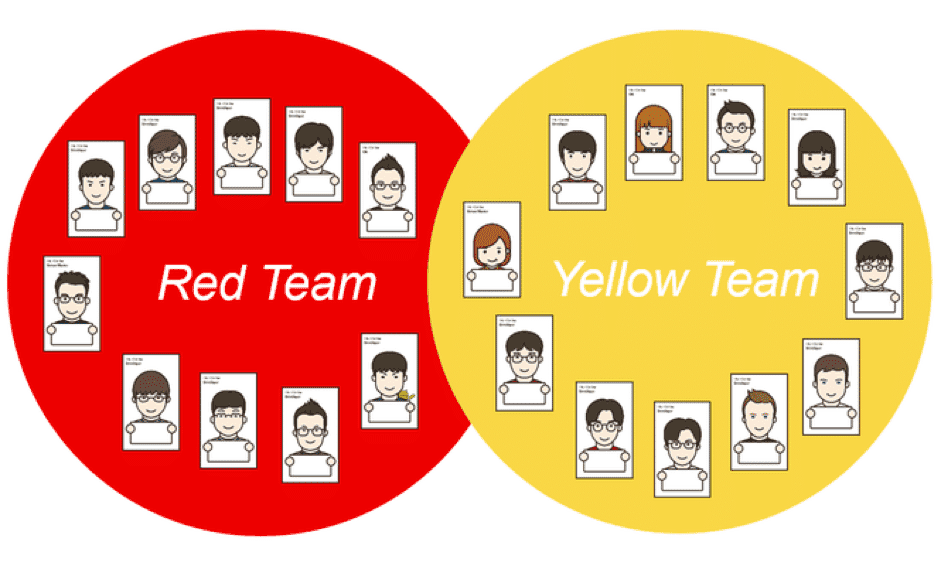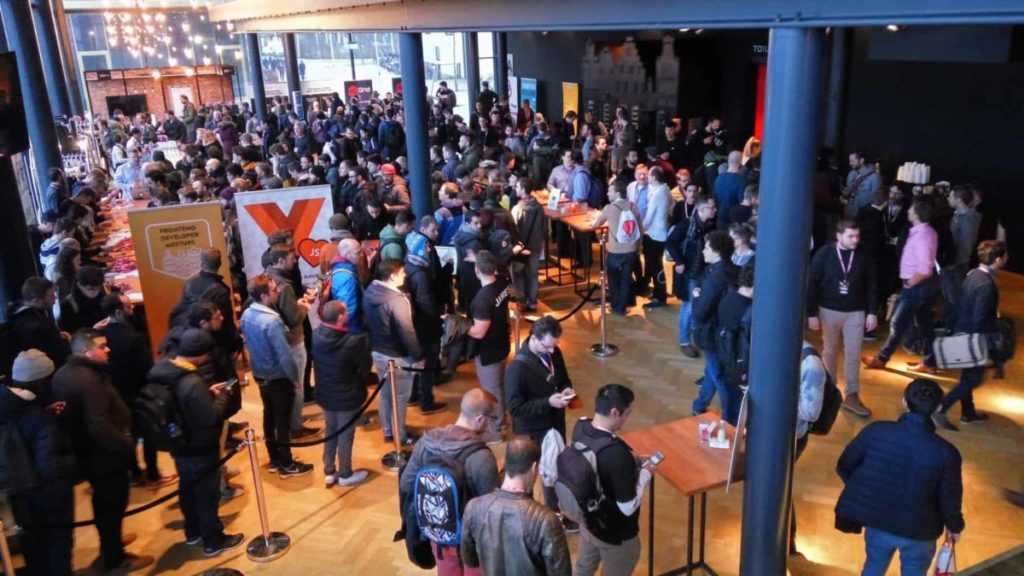Hello, I am in-charge as a Scrum Master at RGP Korea. This year we launched Squad at out Tech division, and we are attempting a new change in the way that we work at our organization. Through this article, I would like to look back at our Tech organization’s growth over the past three years.
I joined Yogiyo (YGY) in 2015 and started to work with RGP Korea. Baedaltong (BDT) merged at about the same time, and both the company and Tech organization grew explosively.
As the size of the organization grew, we needed to change the way we developed products. We evolved into the state that we are in now through many stages and change is still in-progress even now.
In 2015, I thought RGP Korea had already grown into a midsize company given the size of the company, but looking back at the past, we underwent through “growing pain” whenever we scaled-up. I retrospect it to have been a start-up that experienced changes and challenges in order to create a better service and organization.
As a member of an organization that was constantly scaling up, I also was able to personally grow by creating working methods and culture that is befitted to our service, organization, and market changes!
Dynamics and Limitations of Scrum Team
In 2015, YGY developed products through 2 Scrum Teams. Each Scrum Team planned on Sprints on a bi-weekly basis based on high priority items from business perspective, then we developed, and deployed.
This method did not involve having a manager allocate tasks to team members, but each developers were able to “voluntarily” select tickets to start development; and, by having a Scrum Master actively handle external elements (blockers), which can delay/suspend work, there was an advantage that the developers were able to highly engage in their work.
When a Sprint session ended, then we held a Retrospective meeting for the prior Sprint and talked frankly about the progress.
As action items were decided through “member consensus,” we were able to try out new practices and created an autonomous team.
However, requirements from business and operations increased as the service and company grew rapidly, and project based work expanded…Gradually, we reached a point where it was difficult to cope with market changes using Scrum Method.
In order to survive the intense competition, service needed to quickly respond to customer and market changes. As the service and organization scaled-up, communication and work complexity increased as well.
Into a Universal Functional Organization (We need a Manager)
With more than 200 company-wide employees, the organization was at a point where it needed to be reorganized by Functions with a manager. We selected a leader that was capable of judging high-level estimations, before each actual developers worked on business requirements.
From this time-point, my role shifted to working on Project Management and Tech organization’s processes, from original role as a Scrum Master. When I look back, I think working at a start-up was a meaningful challenge, as I positively took role changes based on the company and organization’s growth, and accepted it as an opportunity to grow. Undergoing through change and growing pain is not easy, but I was able to broaden both my experience and perspective.
RGP SQUAD – Change and Growth Continues
Although the Functional Organization settled stably, concerns within our Tech org. continued as service is something that is “made together.” We considered for ways to better move under a common goal, and this year we introduced a virtual organization called Squad team by referring to Spotify’s organization model.
A Squad is comprised of full-stack team that has all skillsets that are necessary for product development. Whereas a Functional Organization moves based on each functional team’s KPI or goals, Squad works together under a common goal in line with the company’s important business directions.
As a Scrum Master (or Agile Coach), I am working at RGP Korea’s Tech Lab to start a new challenge and change once again, and we are putting much thoughts into principles, culture, and experimenting to create a Squad that best fits us.
I hope this article has helped you a lot in learning about a start-up company scaling-up by continuing its survival, growing pain, and thoughts that we have even after scale-up. I would like to end with a quote from a presentation by Spotify’s VP Engineer Kevin Goldsmith:
“Change is constant.
It looks like chaos.”






